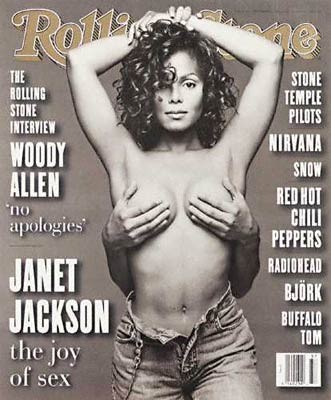Traditional print media's attempts to embrace an online presence has been lacklustre, and in fact has helped kill their brands.
Most print MSM have incorporated blogs as part of their delivery mechanism. They have made their existing, print-trained reporters produce content for a medium they are not familiar with. It's like having a trained print journalist produce television. There are differences. Traditional journalists who are already overworked due to company lay-offs have had varying degrees of ethics and purpose when producing content for their blogs. Most appear to not really know why they're doing it other than 'to show we're in that space'. And because of the time involved, the overall quality of everything they do can suffer.
When blogs are put up by traditional media, the masthead appears as the banner to the blog. Anything produced under that masthead reflects on the brand. For a media brand, if it's not journalism or well produced, that's damaging. MSM has treated the internet as though it's a massive printing press and anything and everything can run. At last, there's no restrictions of cost of paper, distribution, etc. Stories which perhaps shouldn't be written or run are given a second chance online.
Recognising the Web 2.0 social aspects, print media has incorporated Reader Comments sections in their online brands which allow all manner of diatribe, ill-informed opinion and complete drivel run for pages and pages - often longer than the stories themselves. Most of this 'reader comment' would never have seen the light of day if it were offered to print entities, but due to lack of staff, it runs away with itself unless flagged by another reader. I would suggest if it's not fit for print under your masthead then it's not fit for online publication under your masthead either - and as news organisations of many years' standing, you have a responsibility to control these comments before your readers - particularly on hard news. By making the reader comments section open slather, it's as if a peanut butter brand opened the lid and said "got anything you want to add? Sure thing, just chuck it in there."
Online should be giving print media the opportunity to give readers a more in-depth experience with the type of quality reporting often limited by cost of paper and distribution. It should be expanding their brands. All stories should be including internal links to sources, further information, etc that are well researched and allow the reader a complete experience.
Print media believes writing for the web means writing all the information in a shorter way and presenting it well. Often simply repurposing content. For example, J-schools train up and coming reporters in how the eye looks at a screen, and gets them to rewrite a print story for the web. That's kinda like getting a print reporter to rewrite their story for tv. It's garbage. Great print media, in adopting an online presence should be all about giving extra information through the links they provide. It's about being truly transparent. And in a Web 2.0 environment, it's about being social.
Being a social media entity does enable everyone to be part of your efforts. Web 2.0 is community. But when you add that masthead to the top of your online efforts, then you have a responsibility to the survival of your professional brand as a business as well.
If you want to use Web 2.0, you need to do so responsibly to help your medium survive. Recognise that you have a community of readers who regularly want to respond. Why not approach those people to see if they'd like to have their own blogs rather than sullying up every story you run? Only add reader comments if you can moderate them, and only to particular stories. Invite people to provide additional links rather than simply their opinion! Identify exactly what it is that is driving you to make your print journalists write blogs too, when you have a whole community of people out there? There are plenty of ways to be effective in Web 2.0. It's social. It's about people you don't employ. And they're a community who could add value and credibility to your brand when you control the infrastructure within which they contribute.
If your masthead isn't that important to you, then you deserve what's happening to you.
Weekly Wrap 794: The Kangaroo of Future Possibilities
-
My week of Monday 11 to Sunday 17 August 2025 brought some disappointing
news on the professional front, which means some plans will need to be
modified. B...
6 days ago





